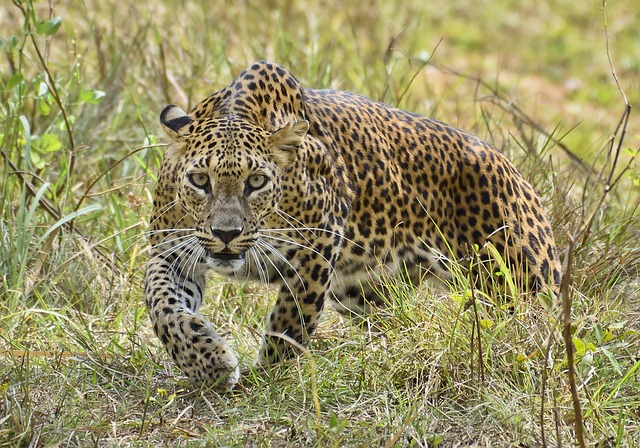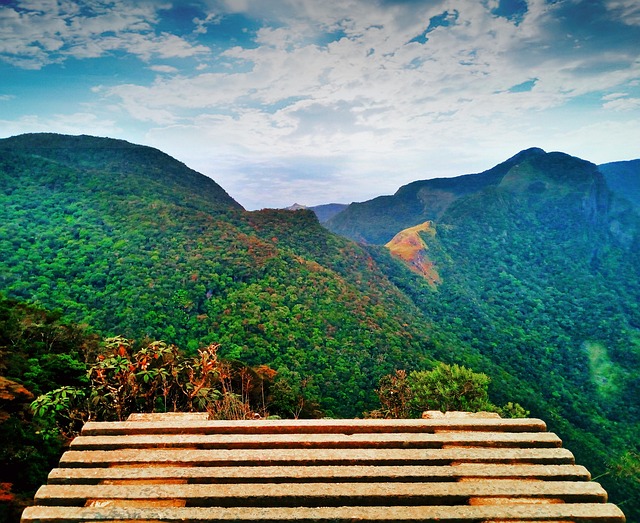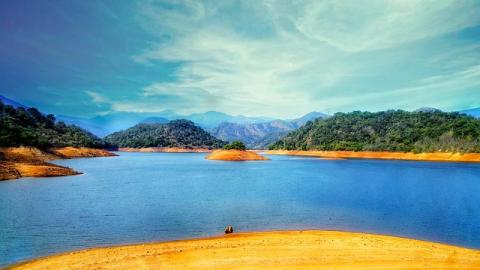Exploring the Climates and Seasons of Sri Lanka
Exploring the Climates and Seasons of Sri Lanka: A Tropical Paradise
Sri Lanka, often referred to as the "Pearl of the Indian Ocean," boasts a diverse climate that contributes to its lush landscapes and rich biodiversity. Understanding the island's weather patterns and seasonal changes is essential for planning the perfect trip. In this article, we explore the climates and seasons of Sri Lanka, offering insights to help you make the most of your visit.
Tropical Climate: Warm and Humid Year-Round
Sri Lanka experiences a tropical climate, characterized by warm temperatures and high humidity throughout the year. The island's proximity to the equator ensures relatively consistent weather, with average temperatures ranging from 27°C to 30°C (81°F to 86°F) in the lowlands. Coastal areas tend to be warmer, while the central highlands enjoy cooler temperatures, often dropping to around 16°C (61°F) at higher elevations.
Monsoon Seasons: The Influence of Rain
Sri Lanka's climate is heavily influenced by two monsoon seasons, which bring distinct wet and dry periods to different parts of the island. These monsoons are the key to understanding Sri Lanka's seasonal variations.
Southwest Monsoon (Yala Season)

- Timing: May to September
- Affected Areas: The southwestern regions, including Colombo, Galle, and the Hill Country.
- Weather: This monsoon brings heavy rainfall to the southwest, making it the wettest period for these areas. The Hill Country, including cities like Kandy and Nuwara Eliya, experiences lush greenery and cooler temperatures during this time.
Northeast Monsoon (Maha Season)
- Timing: October to January
- Affected Areas: The northeastern regions, including Trincomalee, Jaffna, and Batticaloa.
- Weather: This monsoon affects the northeast, bringing rain to these areas while the southwest enjoys drier conditions. The central and northern parts of the island experience their peak rainfall during this period.
Inter-Monsoon Periods: Transitional Weather
Between the two main monsoon seasons, Sri Lanka experiences inter-monsoon periods characterized by transitional weather. These periods often bring short, intense rain showers and thunderstorms, particularly in the afternoons and evenings.
First Inter-Monsoon
- Timing: March to April
- Weather: This period sees increased rainfall across the island, with the possibility of thunderstorms. It is also the time when the Sinhalese and Tamil New Year is celebrated.
Second Inter-Monsoon
- Timing: October
- Weather: Similar to the first inter-monsoon, this period brings transitional weather with sporadic rain showers.
Best Time to Visit: Planning Your Trip
The best time to visit Sri Lanka depends on the regions you plan to explore and the activities you wish to enjoy. Here are some general guidelines:
- Southwest Coast and Hill Country: The ideal time to visit is from December to March, during the dry season. This period offers pleasant weather for beach activities, wildlife safaris, and exploring the cultural sites.
- Northeast Coast: The best time to visit is from May to September, when the northeast experiences drier conditions. This is perfect for enjoying the beaches and engaging in water sports.
- Cultural Triangle and Central Highlands: These regions can be visited year-round, but the dry season (December to March) is particularly favorable for sightseeing and trekking.
A Land of Diverse Climates

Sri Lanka's varied climate and seasonal patterns make it a year-round destination with something to offer for every traveler. Whether you're seeking sunny beaches, lush green landscapes, or cultural explorations, understanding the island's weather will help you plan an unforgettable journey.
Join us in discovering the enchanting climates and seasons of Sri Lanka. For more travel tips and guides, visit srilankatourhelp.org.


Yorumlar
Yorum listesini boş
Yorum bırakın